iOS Interview Questions 2020 - Part 2
Questions, Tips and Tricks to clear iOS Interview Questions

Photo from Unsplash
If you did not have a chance to read the first part of this blog, please read here
Q1. What will be the output
func someFunction() -> String {
defer { return "World" }
return "Hello"
}
print(someFunction())
Options
- "Hello"
- "World"
- "Hello World"
- Compiler error
Q2. What will be the output
var employeeSalary = 20
func updateEmployeeSalary() {
employeeSalary = 70
defer { employeeSalary = 30 }
defer { employeeSalary = 40 }
defer { employeeSalary = 50 }
employeeSalary = 50
}
updateEmployeeSalary()
print(employeeSalary)
Options
- 20
- 50
- 30
- 70
Q3. Which of these is not a valid execution for the below code
var a: String = "a"
var b: String! = "b"
var c: String? = "c"
a = c // 1
b = c // 2
c = b // 3
Options
- 1
- Both 1, 2
- 3
- None of these
Q4. Let’s say we have 3 views of given Intrinsic size
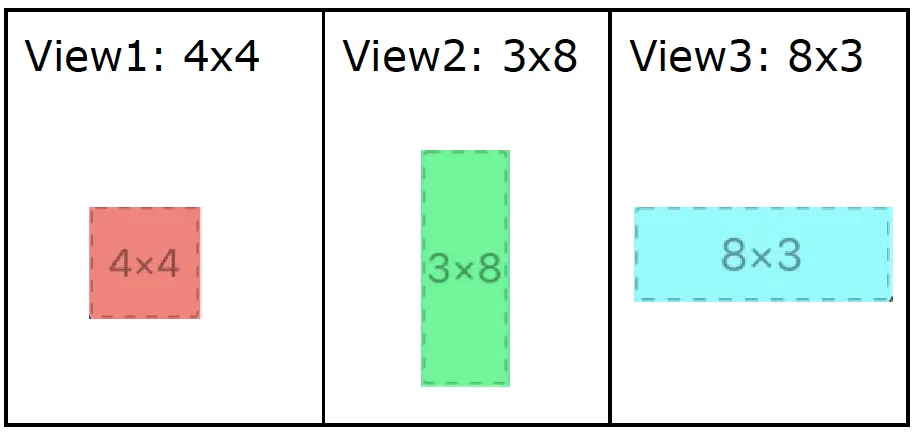
In the below given horizontal StackView. Which of the following is true?
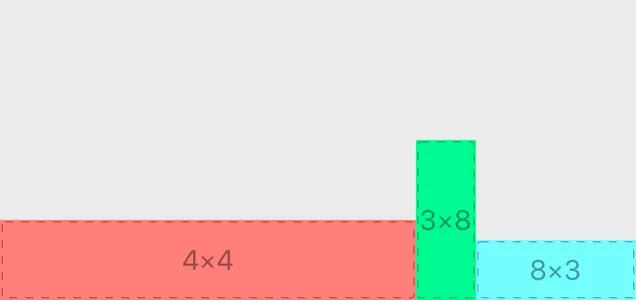
Options
- View 3 and View 2 has the least horizontal content hugging priority than view 1
- View 2 and View 3 has greater horizontal content hugging priority than view 1
- View 3 has the least horizontal content hugging priority
- View 1 has the highest horizontal content hugging priority
Q5. Let’s say we have 3 views of given Intrinsic size
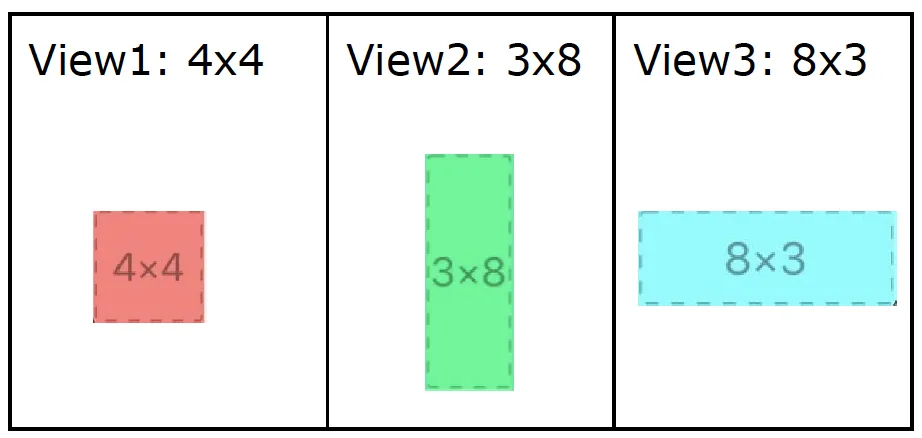
arranged in a horizontal StackView, Which among the following represents Distribution set to fillProportionally .
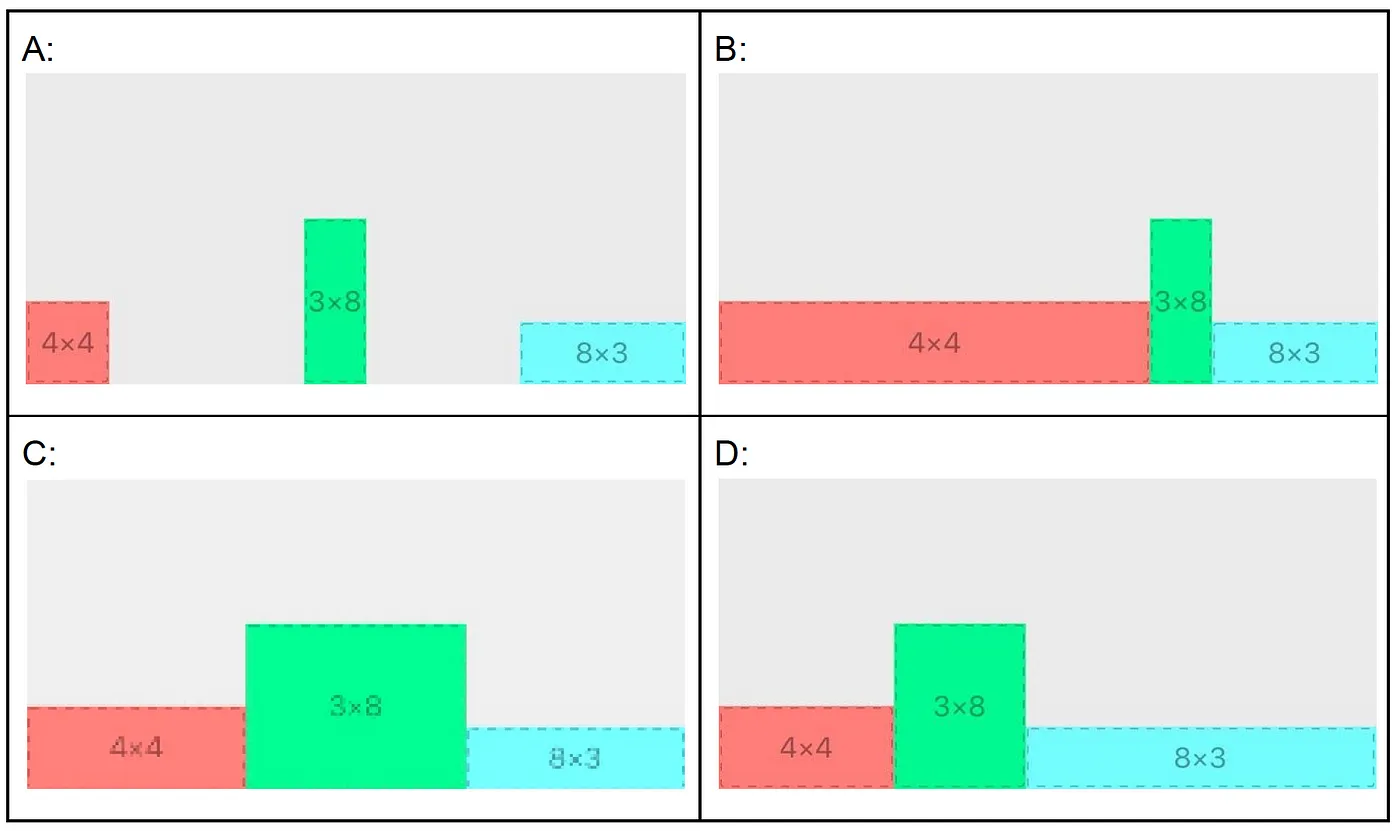
Q6. What will be the output of the code snippet below:
class WhiteHouse {
weak var pentagon: Pentagon?
deinit {
print("White House deinitialized")
}
}
class Pentagon {
weak var whiteHouse: WhiteHouse?
deinit {
print("Pentagon deinitialized")
}
}
var a = WhiteHouse()
a.pentagon = Pentagon()
weak var b = Pentagon()
b?.whiteHouse = a
Options
- Pentagon deinitialized, Pentagon deinitialized
- WhiteHouse deinitialized, Pentagon deinitialized
- Pentagon deinitialized, WhiteHouse deinitialized
- Nothing is deinitialized
Q7. What will be the output of the code snippet below:
class Kondana<T: Equatable> {
var dictDataHolder = [String: T]()
func add(value: T?, using key: String) -> T? {
self.dictDataHolder[key] = value
return value
}
}
var fortOne = Kondana<String>()
let value = fortOne.
print(value)
Options
- British
- nil
- compile-time error
- segmentation fault
Q8. What will be the output:
var motive = "Sip"
let userMotive = { [motive] in
print(motive)
}
motive = "Lump Sum"
print(userMotive())
Q9. What will the output of the code snippet below be?
struct Person {
var contact: Contact
init(contact: Contact) {
self.contact = contact
}
}
class Contact {
var phoneNumber: Int
init(phoneNumber: Int) {
self.phoneNumber = phoneNumber
}
}
let contact = Contact(phoneNumber: 1800)
var vijay = Person(contact: contact)
let ajith = vijay
vijay.contact.phoneNumber = 1234
print(ajith.contact.phoneNumber)
print(vijay.contact.phoneNumber)
Q10. Choose the output of the Following Programme:
protocol SomeProtocol {
func someFunction()
}
extension SomeProtocol {
func someOtherFunction() {
print("SomeProtocol: Some Other Function")
}
}
struct SomeStruct: SomeProtocol {
func someFunction() {
print("Some Function")
}
func someOtherFunction() {
print("SomeStruct: Some Other Function")
}
}
let someStruct: SomeProtocol = SomeStruct()
print(someStruct.someFunction())
print(someStruct.someOtherFunction())
Options
- "Some Function"
"SomeStruct: Some Other Function" - "Some Function"
"SomeProtocol: Some Other Function" - Compiler Error
- I am not Sure
Q11. Which of the following programme(s) will print the following:
1 2 3 4 5 6 7 8 9 10 End of the World!
let firstQueue = DispatchQueue (label: "First Queue")
let globalQueue = DispatchQueue.global()
let parentQueue = DispatchQueue (label: "Parent Queue")
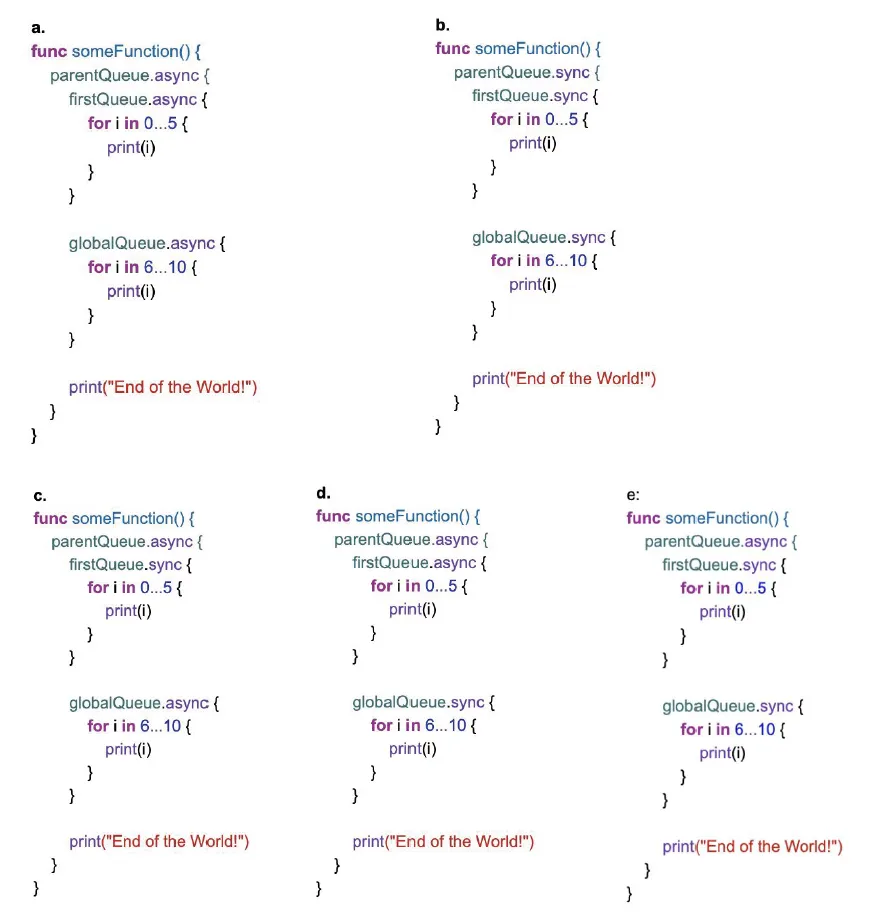
Q12. What is the Type of color:
enum Color: String {
case red
case green
case blue
}
let color = Color(rawValue: "yellow")
Options
- Color
- String
- Color?
- String?
Q13. Answer the following questions:
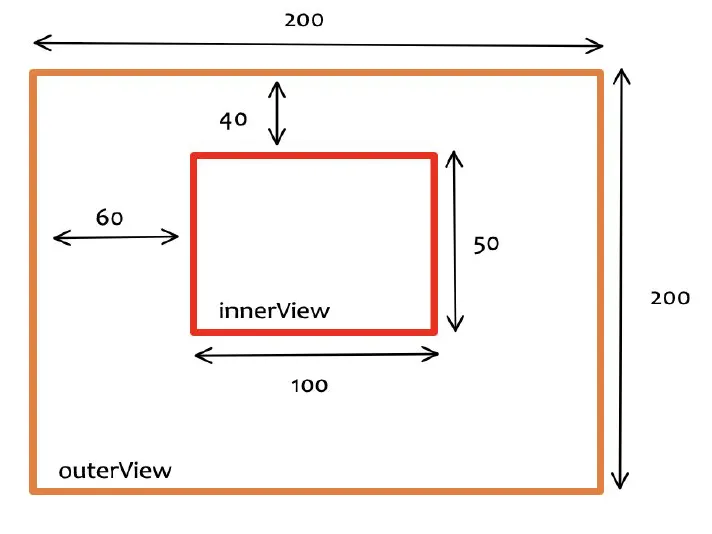
-
What is the
centerofouterView
(x: ?, y: ?) -
What is the
centreofinnerView
(x: ?, y: ?) -
What are the
boundsofinnerView
(x: ?, y: ?, width: ?, height: ?) -
What are the
boundsofouterView
(x: ?, y: ?, width: ?, height: ?) -
What is the
frameof theinnerView
(x: ?, y: ?, width: ?, height: ?)
Q14. Spot the issue in this code if any?
final class SingleTon {
static let shared = SingleTon()
private var viewControllers = [UIViewController]()
private init() { }
func add(vc: UIViewController) {
viewControllers.append(vc)
}
func remove(vc: UIViewController) {
if let index = viewControllers.firstIndex(of: vc) {
viewControllers.remove(at: index)
}
}
}
final class SomeViewController: UIViewController {
init() {
super.init(nibName: nil, bundle: nil)
SingleTon.shared.add(vc: self)
}
}
Answers are not provided intentionally 😜, to make you try and understand personally, you can add your answers/clarifications in the comment section.
This is a free third party commenting service we are using for you, which needs you to sign in to post a comment, but the good bit is you can stay anonymous while commenting.

